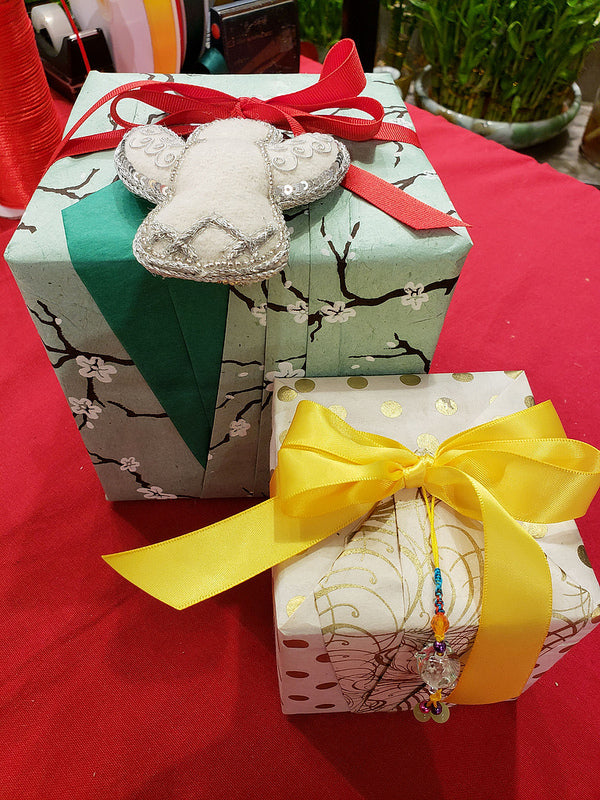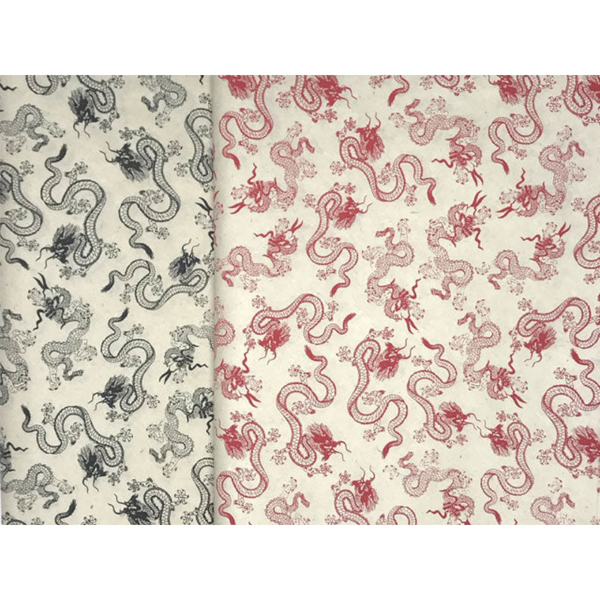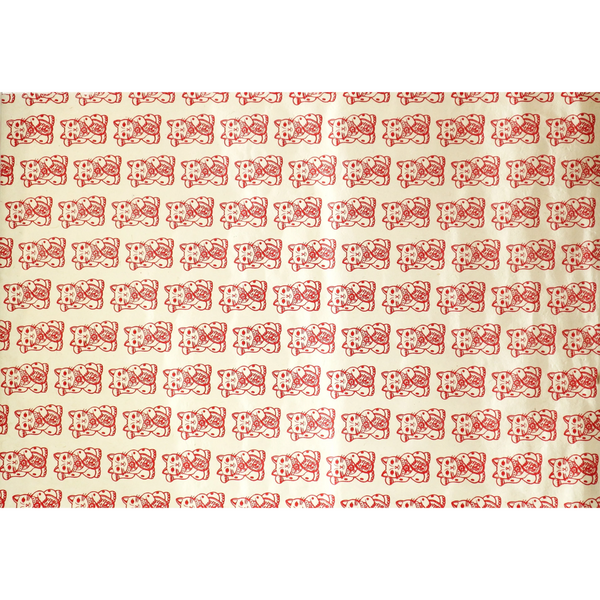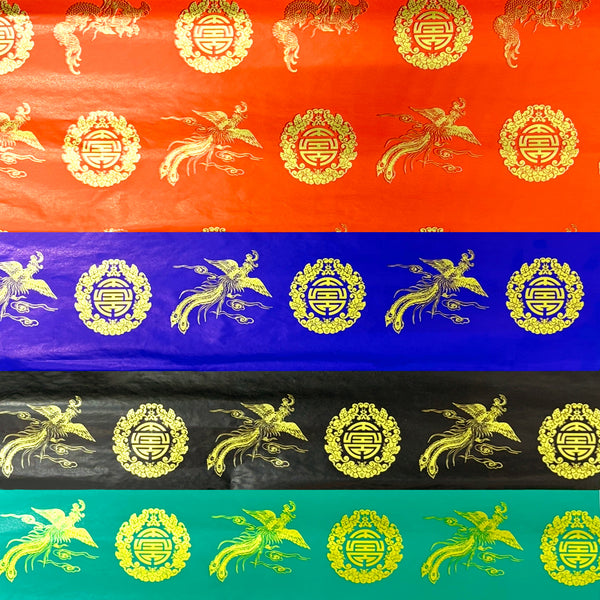
That’s a Wrap! Origata, the Japanese Art of Gift Wrapping
You’ve put a lot of thought into your gifts, but how about your gift wrapping? Consider origata, the Japanese art of wrapping gifts.
Gift giving in Japan
Japan has an intricate gift-giving culture that occurs not just on holidays and special occasions, but all-year round. While in English we refer to anything given without payment as a gift or present, Japanese has a special word for each type.
- Omiyage. Souvenirs from a trip to relatives, friends, and coworkers.
- Temiyage. Thank you gifts given to hosts from visitors (the equivalent of American host or hostess gifts).
- Ochugen and oseibo. Gifts exchanged between co-workers, friends, and family in June and December, which is when workers receive their bonuses time.
- Otoshidama. Similar to Chinese red envelopes or hong bao handed out during the Lunar New Year, otoshidama are packets of money given to children on New Year’s Day.
- Noshibukuro. The envelope that holds money typically given for weddings, birthdays, and funerals. There’s a different noshibukuro for each occasion. Be sure to give the right one!
Gift wrapping in Japan
Now that you’ve gotten your gift (and in the case of money, the right envelope), it's time to wrap it up. And gift wrapping in Japan might be even more complex than gift giving. Let’s break it down.
Furoshiki

Photo by katorisi (CC BY 3.0)
While Westerners typically use paper to wrap presents, in Japan, furoshiki, a special kind of gift-wrapping cloth, is also used. Furoshiki comes in a variety of sizes, materials, and designs. It’s also eco-friendly: it can be used again, whether for another gift or as a cute accessory.
But don’t think you can tie a furoshiki any which way. Depending on the occasion, the folding and knots differ. Here are just a few techniques:
- Migi zutsumi and hidari zutsumi. Just when you thought gifting money in a nice envelope was good enough. Japanese culture also calls for the wrapping of the envelope itself. Migi zutsumi is used for money for happy occasions, like weddings and birthdays, while hidari zutsumi is for sad occasions, like funerals.
- Otsukai zutsumi. The simplest and most common technique. Often used for larger packages.
- Wine zutsumi. For, you guessed it, wine bottles. If you’re feeling extra generous and are giving two bottles, the technique would be awase zutsumi.
- Hira zutsumi. If you want to skip a knot all together, you can use hira zutsumi.
Washi

Photo by Forgemind ArchiMedia (CC BY 2.0)
Washi is a traditional Japanese paper made from the fibers of various plants. It’s known for its strength, flexibility, and lightness, making it the perfect material for gift wrapping.
As with furoshiki, washi wrapping is intricate and full of meaning. A distinctive feature are the carefully folded pleats. It’s believed that wrapping a gift in multiple pleats protects the precious contents from impurities, and shows the love and courteousness one feels toward the giftee.
The way the pleats are folded and the color of the paper differ depending on the occasion. Keiko Ota, a designer and master Japanese gift wrapper, advises that for celebrations, one should:
- Fold from right to left
- Use an odd number of pleats (odd numbers are considered auspicious)
- Use any color except solid black
For occasions that call for sympathy, such as funerals, one should:
- Fold from left to right
- Use an even number of pleats
- Use solid black, white, gray, or silver paper
Mizuhiki

Photo from Japan Info
But wait, you’re not done! Now you have to tie up the wrapping paper. Mizuhiki, a decorative cord made from twisted strips of washi and glue, is often used.
As with furoshiki and washi, mizuhiki varies for the the occasion. For happy ones, the cord should be an odd number of strands and either red and white or gold and silver. For sad occasions, you’ll want to have an even number of cords in either black and white or yellow and white.
Now you can learn from the master herself: Ms. Ota will be in our Chelsea Market store every weekend this month to demonstrate this ancient and intricate art form. Check out the details!



